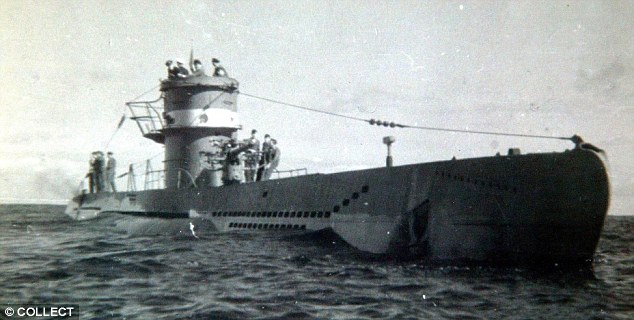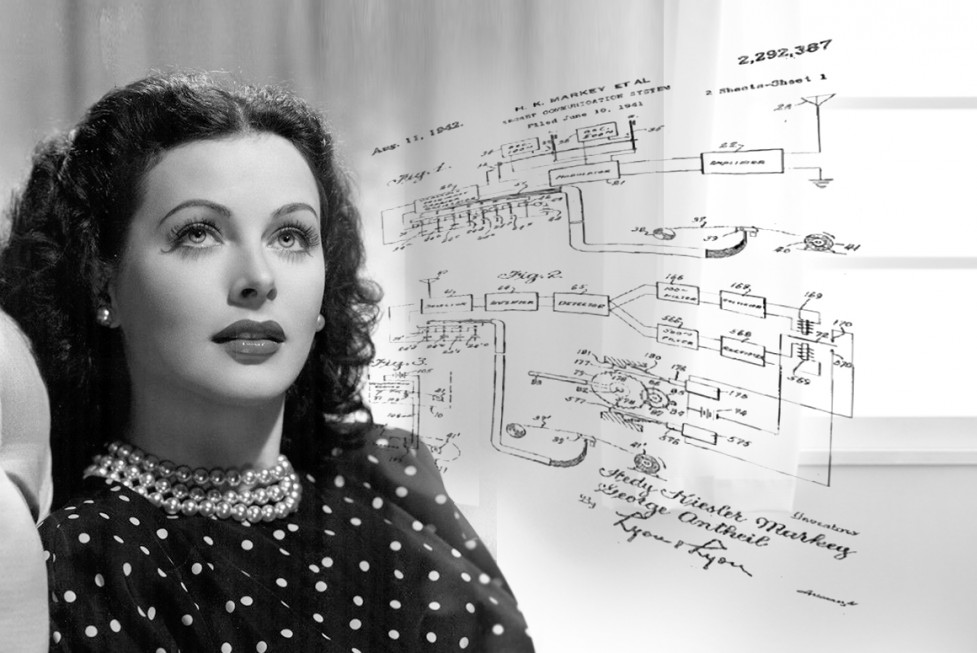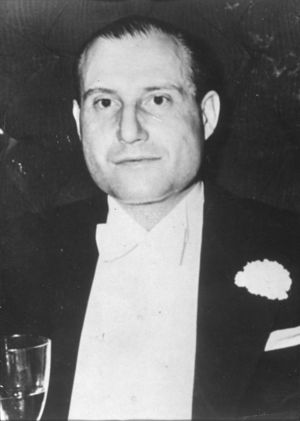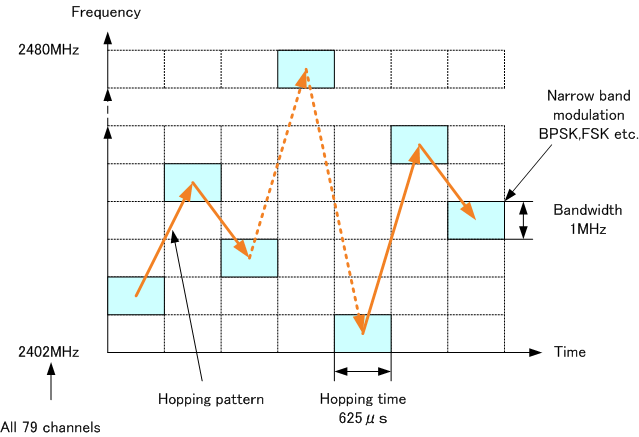& Construction

Integrated BIM tools, including Revit, AutoCAD, and Civil 3D
& Manufacturing

Professional CAD/CAM tools built on Inventor and AutoCAD
6 min read
Wireless technologies are everywhere. You’re likely reading this blog post thanks to WiFi. And I was able to write all of these words with a Bluetooth keyboard and mouse. And who knows, maybe you’re reading this on your tablet, halfway around the world without a WiFi connection in sight, all thanks to cellular data. The truth is, it’s hard to imagine what life would be like these days without all of these wireless technologies.
Wireless technologies extend way beyond the realm of consumer gadgets. The rocket that SpaceX managed to land on a platform in the middle of an ocean? Wireless technologies were key. Or our ability to see Mars closer than ever through the eyes of the Mars Rover? Wireless technology again. The question isn’t how much wireless technologies affect our lives today, but how they even came to be. And that story starts with torpedos, Hollywood, and World War 2.
It’s 1940, and the next great conflict of humanity is underway in Europe. Germany is delivering some pain to the Allied forces with their U-Boat submarines. And this was the year that Winston Churchill, Prime Minister of the United Kingdom, said that he considered having Britain surrender. The German Navy wasn’t just attacking other naval ships, they were going after unarmed merchant ships, and those onboard trying to flee the Nazi invasion.

A German U-Boat, just one of 46 operational for WW2. (Image source)
At the time, Britain’s Royal Navy didn’t have a way to protect their merchant ships during their journey across the Atlantic. And so Germany saw an easy target. In 1940 alone there was a total of 2.6 million tons of shipments destroyed by German U-Boats, and that total would only climb. The Allies needed a solution, but where would they get it?
From Hollywood.
Hedy Lamarr was a famous Hollywood actress and was all over the big screen, but what you might not know about her is that she was also a brilliant inventor.

Hollywood actress and brilliant inventor, Hedy Lamarr. (Image source)
Her story stretches back to her first marriage to a weapons manufacturer by the name of Friedrich Mandl. During his time dealing arms, Mandl had Lamarr by his side, teaching her everything he knew about military technology. Lamarr soaked in all of this information, and when the time came to end her marriage and flee from an impending Nazi invasion, she took everything she learned and escaped to America to begin a new life.

Lamarr’s first husband, Friedrich Mandl who taught her all she knew about military weaponry and technology. (Image source)
It was during this time that Lamarr found herself breaking into the Hollywood scene, but despite all of the fame and glory she lived, the war in Europe was always sitting in the back of her mind. How could she help? At a party, she met the Hollywood composer George Antheil, and the two joined forces to figure out how to help the Allies win World War 2.
The problem that Lamarr and Antheil addressed was one about torpedoes. While the Allies had their submarines that they could use to combat the German U-Boats, they had one little problem – their radio-controlled torpedoes could be jammed. And so Lamarr and Antheil thought of a brilliant idea, using music and piano as an inspiration. It went something like this:
If you could use piano keys to jump around from note to note, couldn’t you also use this same jumping sequence to steer a torpedo towards its destination without being tracked or jammed?
The idea was golden. By making a torpedo’s transmitter and receiver of a radio signal jump around from frequency to frequency like piano keys, German U-Boats would never be able to track and jam them. All because they would have no idea where that torpedo was going to be at any given moment. What Lamarr and Antheil created then was a kind of unbreakable code that could help them defeat the German U-Boats, and ultimately push the war forward for the Allies. But would the Navy use it?

The patent submission for Lamarr and Antheil’s frequency jumping invention for a torpedo. (Image source)
Lamarr and Antheil presented the idea to the Navy, featuring a version of the idea that embedded piano-like keys in the torpedo body to control the hopping of frequencies between transmitter and receiver.
The Navy’s response? You could never fit a player piano inside a torpedo, duh. The Navy completely missed the point, failing to see that the piano keys were just an example of how the frequency hopping could work when the actual parts inside could be much smaller.
And so while both Lamarr and Antheil received a patent for their invention in 1942, the idea never came to be used in World War 2. It was only during the Cuban Missile Crisis in1962 when naval ships finally implemented this technology, and so the wireless communications revolution was born.
Here’s the real kicker – it took the world over three decades to finally give Lamarr and Antheil the credit they deserved. In 1997 the duo was eventually honored with the Electronic Frontier Foundation (EFF) Pioneer Award. Lamarr also went on to become the first female to win the BULBIE™ Gnass Spirit of Achievement Award, which is basically an Oscar for inventors.
Today, we’re in the midst of our wireless era. These days, the frequency hopping invention that Lamarr and Antheil proposed now defines the very basis for every wireless communication, including Bluetooth, WiFi, and cellular networks. How does it work? Let’s take our beloved Bluetooth as an example to understand.

Frequency-Hopping Spread Spectrum in action, jumping between 79 different channels in the 2.4GHz radio frequency spectrum. (Image source)
Thanks to Lamarr and Antheil’s frequency hopping invention, all of our wireless devices can interact harmoniously together, jumping around from frequency to frequency and minimizing any chance of interference. As you can see, this frequency jumping didn’t just provide a way to shoot off some torpedoes without them being jammed by German U-Boats. It provided a complete foundation for how our entire wirelessly communications network operates today! You’ll find the Frequency-Hopping Spread Spectrum used in a variety of technologies and industries, including advanced military applications and even CDMA cell phone networks like those operated by Sprint and Verizon.
A great story in history. All of those wireless technologies that you love? You’ve got torpedoes, a Hollywood actress, and World War 2 to thank. It’s often the people that you least expect it, to make the greatest impact in this world. May we all do the same in our own engineering journeys!
Here’s to creating something inspiring that changes the world in unseen ways. You can start today, try Autodesk EAGLE for free!
By clicking subscribe, I agree to receive the Fusion newsletter and acknowledge the Autodesk Privacy Statement.
Success!
May we collect and use your data?
Learn more about the Third Party Services we use and our Privacy Statement.May we collect and use your data to tailor your experience?
Explore the benefits of a customized experience by managing your privacy settings for this site or visit our Privacy Statement to learn more about your options.